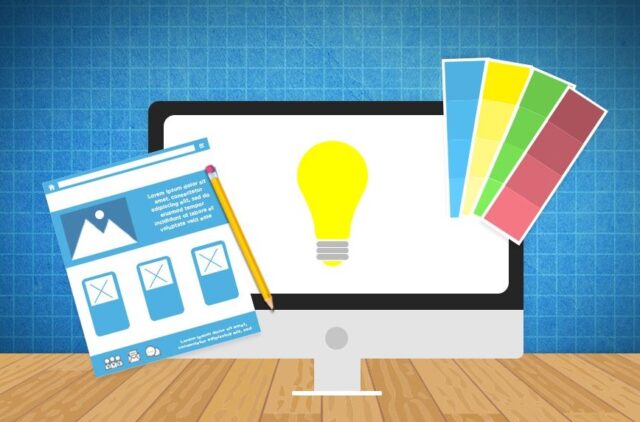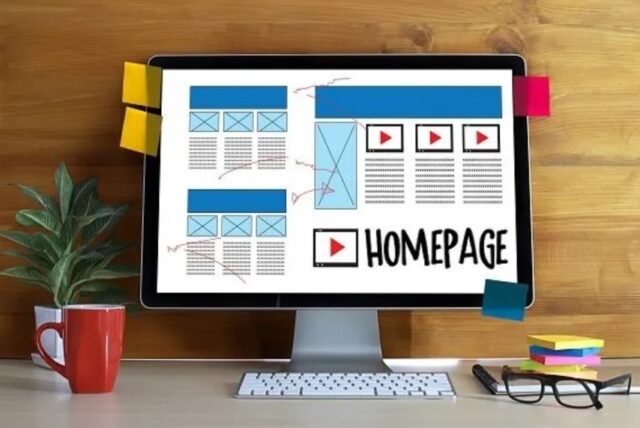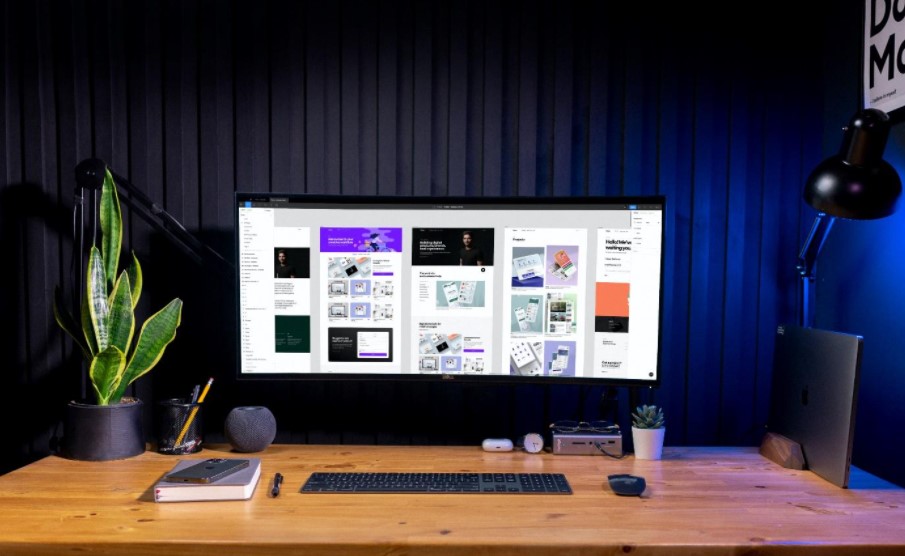Making your own website looks difficult. But with the correct tools, suggestions, and visuals, you can do it. User experience and convenience of use are crucial factors in engaging and marketing to your customers.
But don’t fret; you don’t have to learn how to program or worry about a lengthy design process. You can still find a professional website designer like redspotdesign, but join us if you can’t afford it. We teach you how to develop a simple, easy-to-update site using all of the publicly accessible tools, resources, and trends in 2024.
How to Design a Website in 10 Steps
This section will teach you how to create a website step by step
Set a target

Think about your goals before designing a site. With so many web pages available, you need first to decide which would assist you in achieving your objectives. Designing your site begins after you’ve decided on the font. You’ll discover when you create a website that the components you choose to add rely on the goal.
Select a website builder
Select the best web builder for your objective. Anybody may use a web builder to create, edit and publish a site without any coding skills. In the market, there are thousands of website builders platforms.
Plan out your layout

To begin designing your site, go onto your preferred platform. Pre-plan your web design before you begin moving and dragging. Use a format, which is a professionally developed layout.
There are designs for enterprise, blogging, and personal websites. Multi-page sites are ideal for websites with plenty of material. One-page sites are ideal for websites with little information.
Register your domain
The domain name represents your digital address. Just after the “www,” it appears in your visitors’ browser bars. For online success, you must register your domain. Internet consumers instinctively regard the online presence with personalized domains as more reliable and professional.
In addition, a well-chosen domain name aids search engines (like Google or Bing). This is vital for increasing site visitors. To make it stand out, keep it:
- Longer URLs are more likely to be misspelled.
- Avoid symbols, special letters, and numerals.
- Avoid using your personal or your company’s name in your domain name.
Collect your ideas

You’ve laid the groundwork for your design, so now it’s time to flesh it out with content, images, text, logos, movies, etc. Maintain a strong brand by using your own content. You must get your materials lawfully if you do not use original stuff.
Highlighting just your greatest information is the ideal strategy for visitors with shorter attention spans. Lastly, trademark your material completely. The textual material, colours, and fonts used on your webpage should all represent your brand identity or who you are.
Include the correct pages
Every company, and every site, is distinct. In any case, your visitors to the site will likely see these standard components. You must have the following pages on a multi-page site;
- Homepage
- Preserve the most vital details.
- The “About Us” page
- Contact Us page
- Auxiliaries
- Your company’s web page
Here are some essential tips for designing a product or service page.
- A weblog:
- Personal testimonies:
- Splash page
- F.A.Q.
Create the Elements of Your Website

You’ve prepared your material, registered your domain and created your site’s pages. You may now start designing your site’s parts. Your brand identity – the unique look and voice you employ to interact with people – should ultimately drive these selections.
Your site should be simple to use and provide an interesting experience for visitors. Learn to create a website by working on the following elements
- Web design
- Menu
- Colours
- Fonts
- Header/footer
- Motion
- Effects on scrolling
- Favicon
- Whitespace
Choose the right professional tools
The internet is fast becoming a global marketplace. Online sales are expected to reach 2.14 billion by 2024. Adding professional features to your site may assist speed up and securing transactions for both creative and business-minded people.
Make it universal

The goal of online accessibility is to make your webpage accessible to all users, regardless of ability. This covers persons with temporary visual impairment, hearing loss, and other issues. A billion individuals with disabilities mean meeting their needs is critical. It also demonstrates your company’s commitment to inclusion.
Mobile-optimized
Smaller displays have no less effect. Mobile website design is becoming more important as smartphone and tablet use increase. Keep it exciting and informative since this is what your visitors see initially.
Improve SEO

Nothing beats seeing your site’s traffic rise after you’ve designed it. Improving your SEO may help boost site visitors. A site’s content is optimized for SEO (search engine optimization).
You may start optimizing your website as you create it. SEO takes time, patience, and effort to produce results.
Interact with visitors
Nowadays, users want interaction on and off your site. If you develop a webpage, consider including some of the following elements. Connecting with your fans on numerous platforms builds connections and eventually attracts more visitors to your website.
Seek feedback

The ability to develop a good webpage may be part of the routine at this stage. Making an online presence requires asking for honest input from people you trust, which is tough when it is your own. Accept their feedback, even if you disagree with it.
Publish/update
Having an updated webpage makes a significant impact. Uninviting and unreliable sites are uninviting and untrustworthy. Stay aware, informed, and refresh your material often. Also, keep your material current. Consistently update it to show visitors you’re up-to-date with your field.
Conclusion
Even with a clear tutorial, learning to construct a website is difficult. However, adapting skills and having your efforts pay off may be immensely rewarding. Don’t stop there. Learn more and develop more complicated features and functions.







